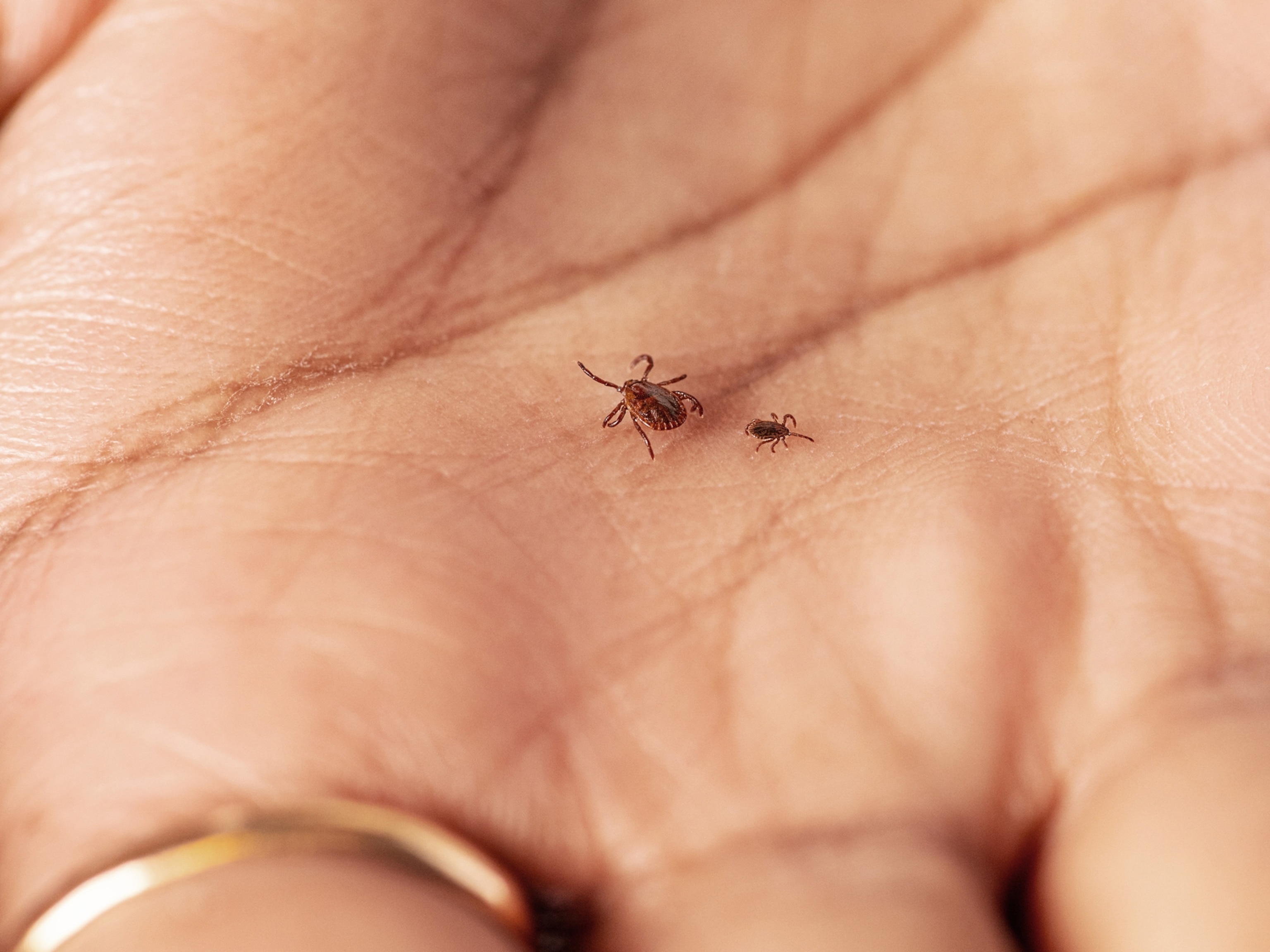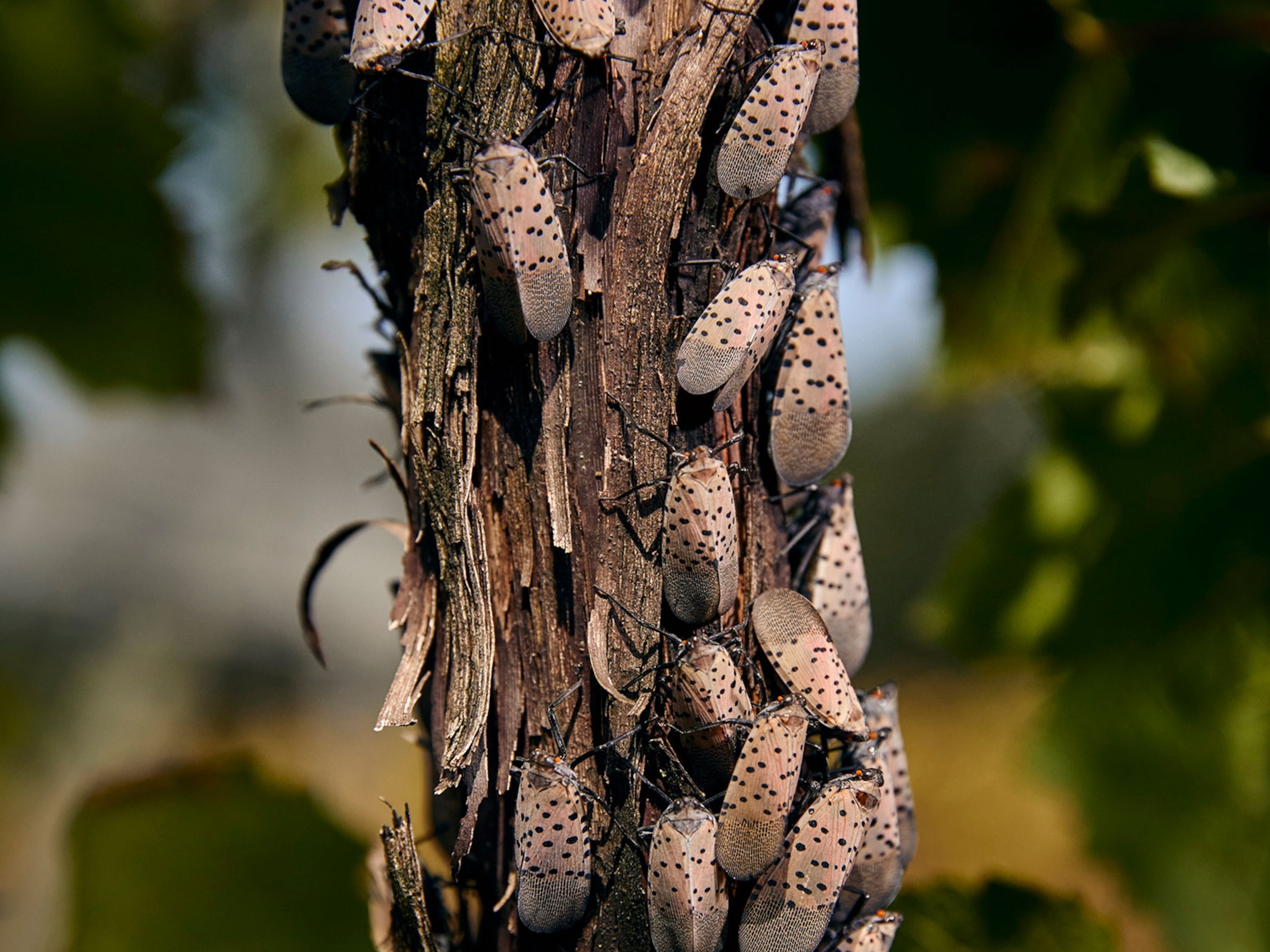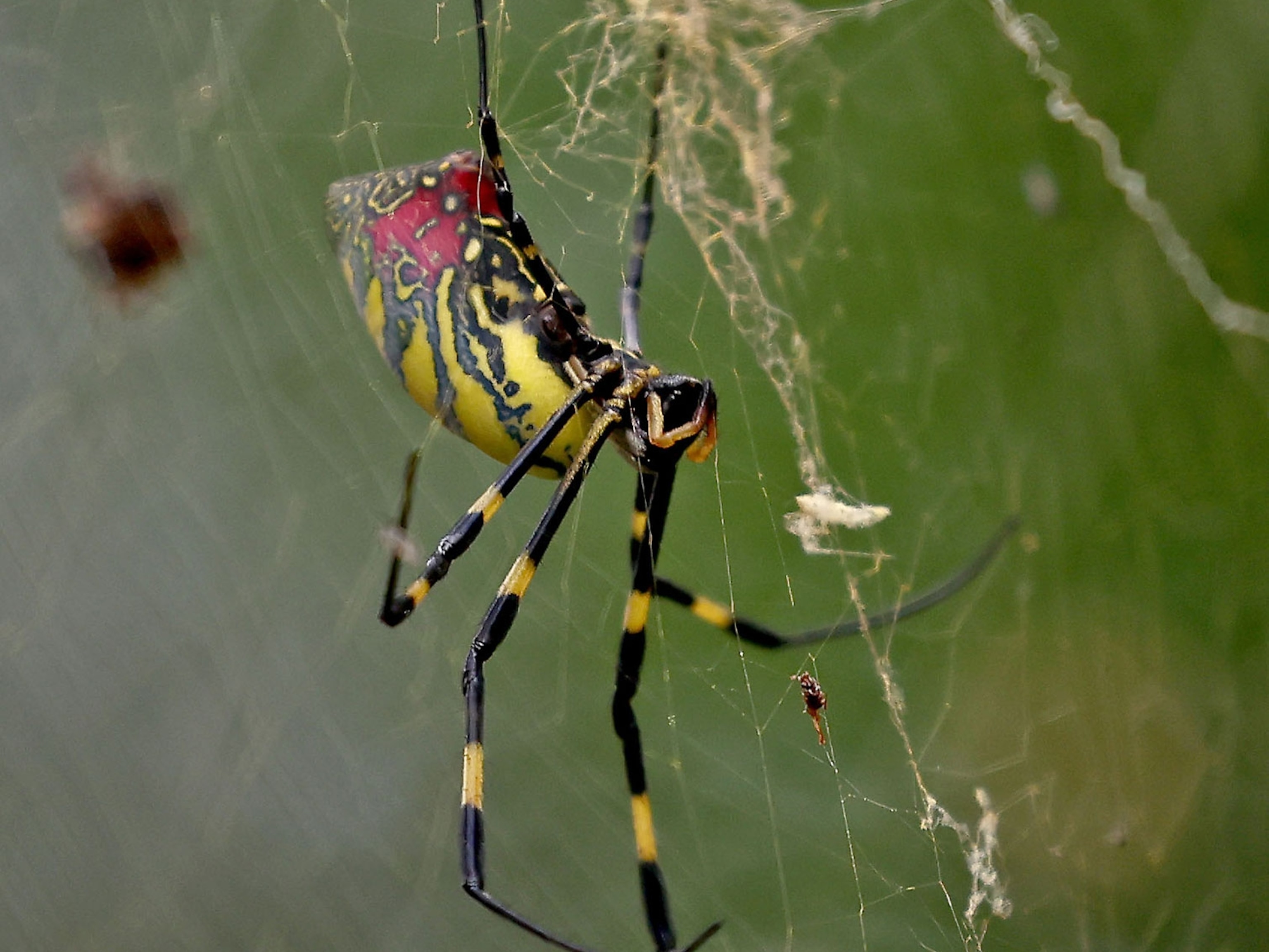
Want to kill invasive trout? Smother them with their dead.
In the war on Yellowstone National Park's exotic lake trout, researchers are trying everything from nets to electrocution to suffocating eggs with dead fish.
Invasive lake trout arrived in Yellowstone National Park 25 years ago, quickly creating mayhem as they devoured native cutthroat trout and drove the system to the brink of ecological collapse. Park service staff have tried myriad ways to eradicate them, some more successful than others.
Of all the ideas to fight the invaders, introducing harp seals to eat the exotic fish was probably the craziest. Vacuuming and electrocuting lake trout eggs also seemed nutty, but promising enough to try. Suffocating eggs with whole lake trout carcasses worked for a while, until it created unintended consequences.


This is the story of all the wild attempts to control these nonnative, voracious predators—and how biologists finally found the right solution. (Read why lake trout are bad news for Yellowstone Lake.)
The beginning
Bob Gresswell remembers the first lake trout found in Yellowstone Lake, the largest high-elevation lake in North America. It was the summer of 1994, and he was doing research on the ecology of Yellowstone Lake. A park ranger walked up holding an 18-inch trout with a grey-green body, white spots and forked tail caught by a fisherman earlier that day.
“It was like somebody hitting me in the gut,” says Gresswell, an emeritus research scientist with the U.S. Geological Survey. “I thought, Oh my god, this is the end.” (Read our feature story about Yellowstone in the magazine.)
He was almost right. No one knows exactly how lake trout—native to Canada, Alaska, the Great Lakes, and New England—arrived in Yellowstone Lake, but the fish’s numbers quickly exploded to close to a million as they gobbled native Yellowstone cutthroat trout whole one after another.
Then cutthroat trout populations crashed. One stream dropped from 50,000 spawning cutthroat in the 1980s to 500 by 2005, Gresswell says. Grizzly bears, ospreys, and bald eagles, dependent on cutthroat trout running up creeks and rivers to spawn, struggled to find food—so they turned to other animals, from baby swans to elk calves.
Gill nets, electrocution... and seals?
As lake trout populations expanded, biologists realized their best battle tool would be gill nets, the same method blamed for overfishing around the world. Gill nets hang like fences in the water and stretch for thousands of yards. Fish become tangled in the fine twine when they try to swim through, and then fishermen pull them to the surface.
And they’re working. Lake trout populations are down 32 percent from their peak in 2012, says Patricia Bigelow, a park fisheries biologist.
But the program isn’t cheap—the park service spends about $2 million each year—and it only targets fish two years and older. Killing eggs, biologists believe, offers a supplemental path to eradication. (See everything you need to know about Yellowstone.)
That’s where Philip Doepke, another park fisheries biologist, stepped in.
For a time, the service attempted to kill eggs via electrocution, using a rectangular frame the twice the size of a bed with wire stretched across the middle. Shorter, weighted wires then hung down and nestled into the rocks to deliver the electric current. But the lake’s pure water did not conduct electricity well enough to be transmitted at fatal levels, he says.

They also tried vacuuming, but that didn’t capture enough eggs to make it worthwhile. Tarps used to reduce waterflow and oxygen seemed promising, but were too weak. That idea to bring in harp seals—a predator native to the North Atlantic and Arctic Oceans—was rejected before leaving the initial brainstorming session, with biologists agreeing they would not bring another foreign species into the park to combat the existing invasive one.
Winning the war
So the scientists tried yet another ploy: covering the lake trout’s spawning beds with thousands of pounds of fish carcasses.
These, however, attracted grizzly bears, which amounted to artificial feeding—and unnaturally concentrated the large carnivores. So the biologists switched to grinding lake trout bodies into pulp. The decaying fish removed oxygen from the water and suffocated the eggs.
But as the number of lake trout decline, there will be fewer carcasses to weaponize against the eggs. So two years ago, researchers started developing a pellet made of soy and wheat gluten that sinks to the bottom, nestles next to the eggs, and works just like decomposing fish.
Ecological consequences of the pellets are still under review, and that work should be completed in the next couple years. (Learn about the life and death struggles in Yellowstone.)
Even if the pellets or some other egg-targeting method works, biologists agree they’ll likely always need gill nets. The lake is too big, spanning more than 130 square miles, and the chance of remaining males meeting females is too high.
Gill nets are not without bycatch. Lake trout swim generally near the bottom of the lake, and cutthroat closer to the top, but as cutthroat numbers increase, more of the native fish swim into the nets. Ducks and other waterfowl are also occasionally caught. But biologists say it’s still worth it to crash the lake trout population and save the native fish. (See photos of lake trout and native trout.)
Now bears, eagles, and ospreys are returning to the lake in growing numbers, and standardized random sampling of cutthroat trout show the population has almost tripled since 2010, Bigelow says.
These factors prove that, finally, the researchers are winning the war against one of the largest threats to this iconic ecosystem.








